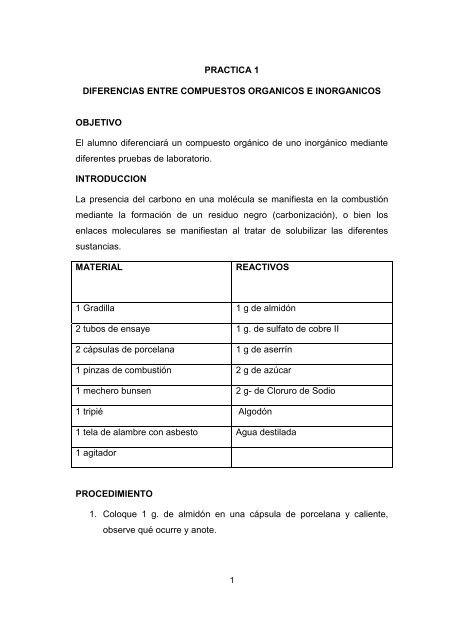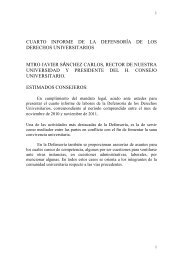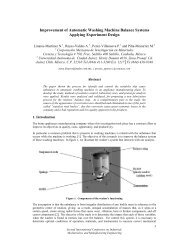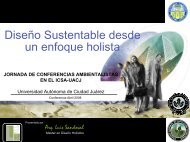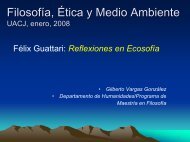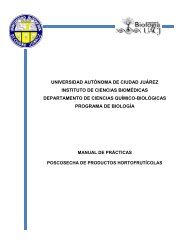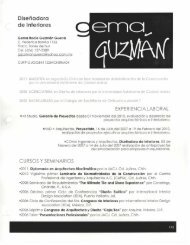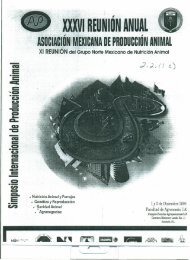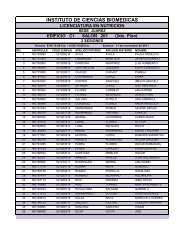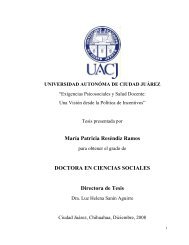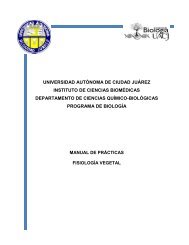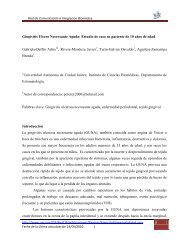Química Orgánica - Universidad Autónoma de Ciudad Juárez
Química Orgánica - Universidad Autónoma de Ciudad Juárez
Química Orgánica - Universidad Autónoma de Ciudad Juárez
You also want an ePaper? Increase the reach of your titles
YUMPU automatically turns print PDFs into web optimized ePapers that Google loves.
PRACTICA 1<br />
DIFERENCIAS ENTRE COMPUESTOS ORGANICOS E INORGANICOS<br />
OBJETIVO<br />
El alumno diferenciará un compuesto orgánico <strong>de</strong> uno inorgánico mediante<br />
diferentes pruebas <strong>de</strong> laboratorio.<br />
INTRODUCCION<br />
La presencia <strong>de</strong>l carbono en una molécula se manifiesta en la combustión<br />
mediante la formación <strong>de</strong> un residuo negro (carbonización), o bien los<br />
enlaces moleculares se manifiestan al tratar <strong>de</strong> solubilizar las diferentes<br />
sustancias.<br />
MATERIAL<br />
1<br />
REACTIVOS<br />
1 Gradilla 1 g <strong>de</strong> almidón<br />
2 tubos <strong>de</strong> ensaye 1 g. <strong>de</strong> sulfato <strong>de</strong> cobre II<br />
2 cápsulas <strong>de</strong> porcelana 1 g <strong>de</strong> aserrín<br />
1 pinzas <strong>de</strong> combustión 2 g <strong>de</strong> azúcar<br />
1 mechero bunsen 2 g- <strong>de</strong> Cloruro <strong>de</strong> Sodio<br />
1 tripié Algodón<br />
1 tela <strong>de</strong> alambre con asbesto Agua <strong>de</strong>stilada<br />
1 agitador<br />
PROCEDIMIENTO<br />
1. Coloque 1 g. <strong>de</strong> almidón en una cápsula <strong>de</strong> porcelana y caliente,<br />
observe qué ocurre y anote.


